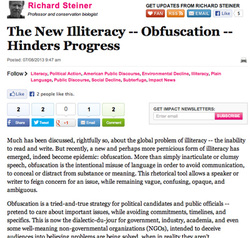 Richard Steiner
Richard Steiner Governments - national and local - are slowly joining the parade and finding benefits in their plain language policy investments. But, just as - or perhaps more - important is that their audiences can achieve more, understand more and participate more.
Change fear into a challenge
Although many of you may feel fear hearing the words 'policies and procedures' - change that to a challenge to move forward with confidence. Your organization may be experiencing repetitive problems, dissatisfied clients, and employees complaining of 'too much information'. Have you considered how plain language policy might be a solution to all these?
Research plain language policies
The first step is to research others' plain language policies and procedures to get insights into how you can introduce yours. Build in a training component - as the power that comes with knowing how to apply plain language will go a long way to building commitment to this change in culture. And, use a communal approach to creating your guidelines.
I recently did a plain language edit and re-write of an SME's policies and procedures manual. It had originally been drafted to satisfy a regulatory body. But, the owners saw value in editing it for the intended audience - their staff. With half the words, half the size - including adding a table of contents to lead readers to the increased number of headings and subheadings - the new document was user-oriented.
So no matter what your challenge, what size your organization, or what your priority is - a plain language policy or an organizational policy written in plain language can have far-reaching, long-lasting benefits you can be proud of and develop over time. There will always be skeptics: but, in my experience, it is just as easy to collect positive feedback.
Plain language policy examples
Public Works and Government Services Canada Translation Bureau - Plain Language Guide
Government of Canada - Language Portal - Tools for Writers - Plain Language
CBC Video Interview - City of Calgary Plain Language Policy
Howto.gov - Plain Language Regulations Webinar
US Dept of Health - Nat'l Institutes of Health - Clear Communication: An NIH Health Literacy Initiative
Plain Language Wiki
Share your plain language policy resources by commenting here.
Register for PLAIN2013 - find out more at plain2013.org
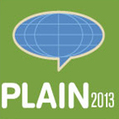
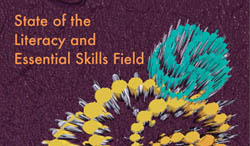
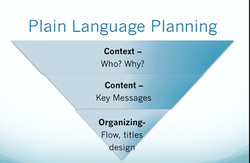
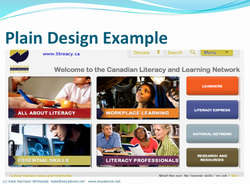
 RSS Feed
RSS Feed
